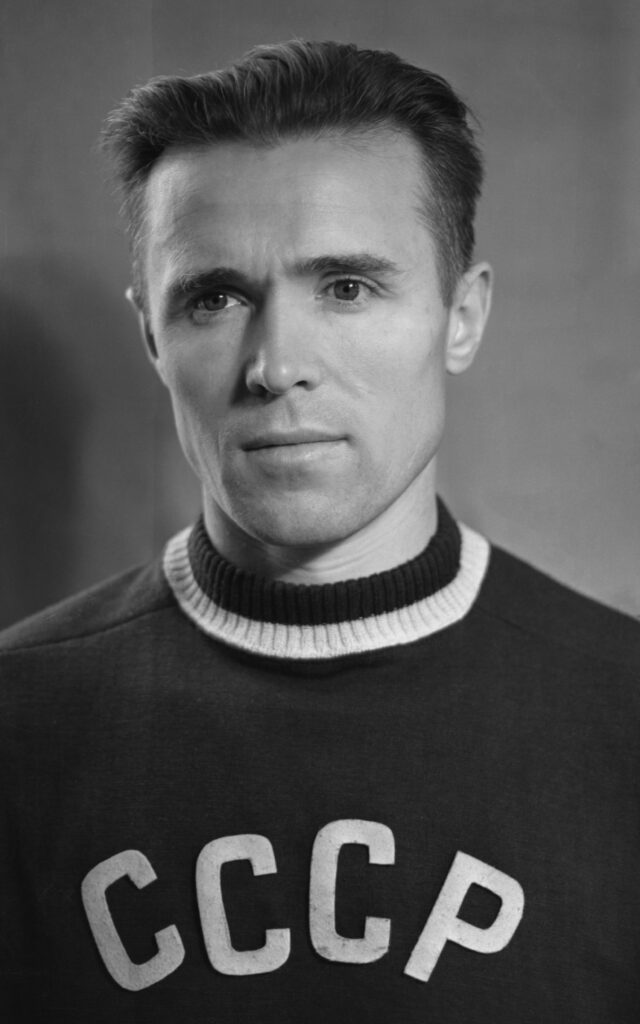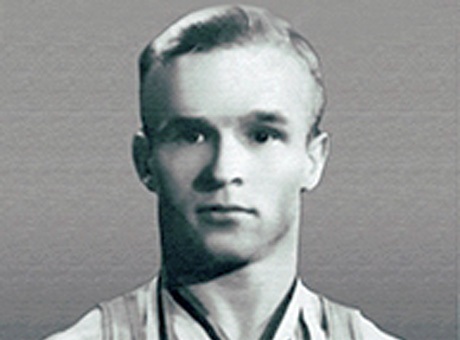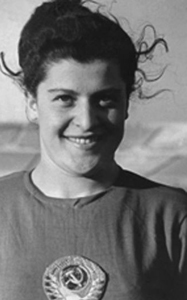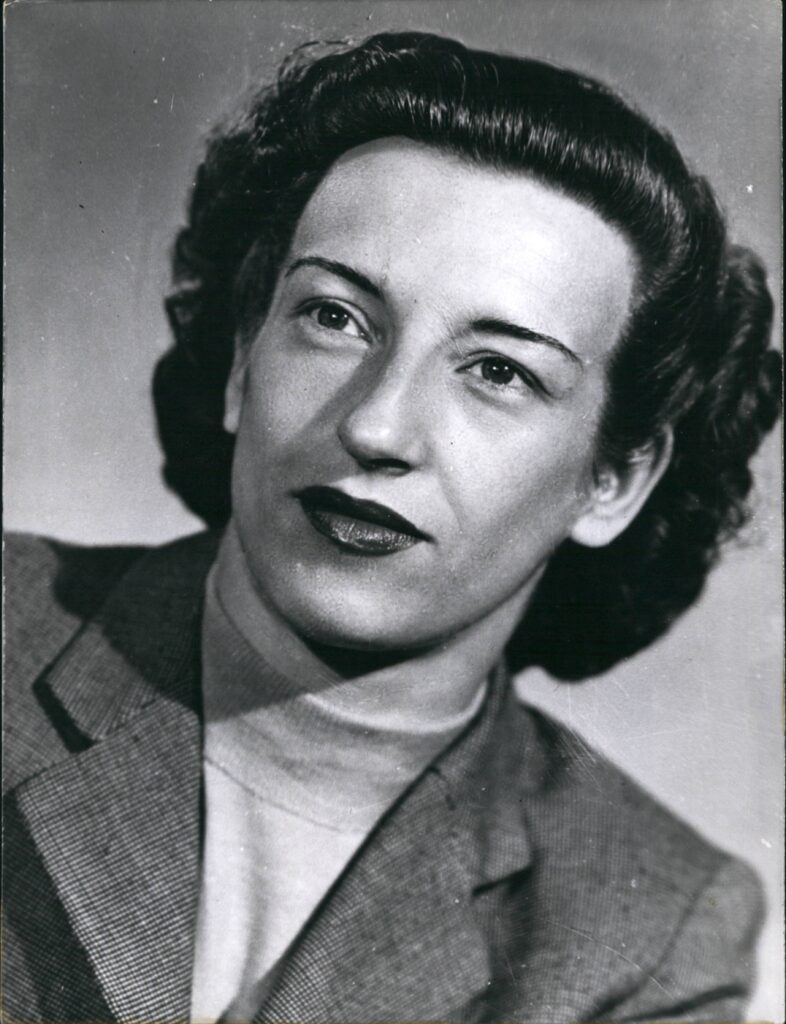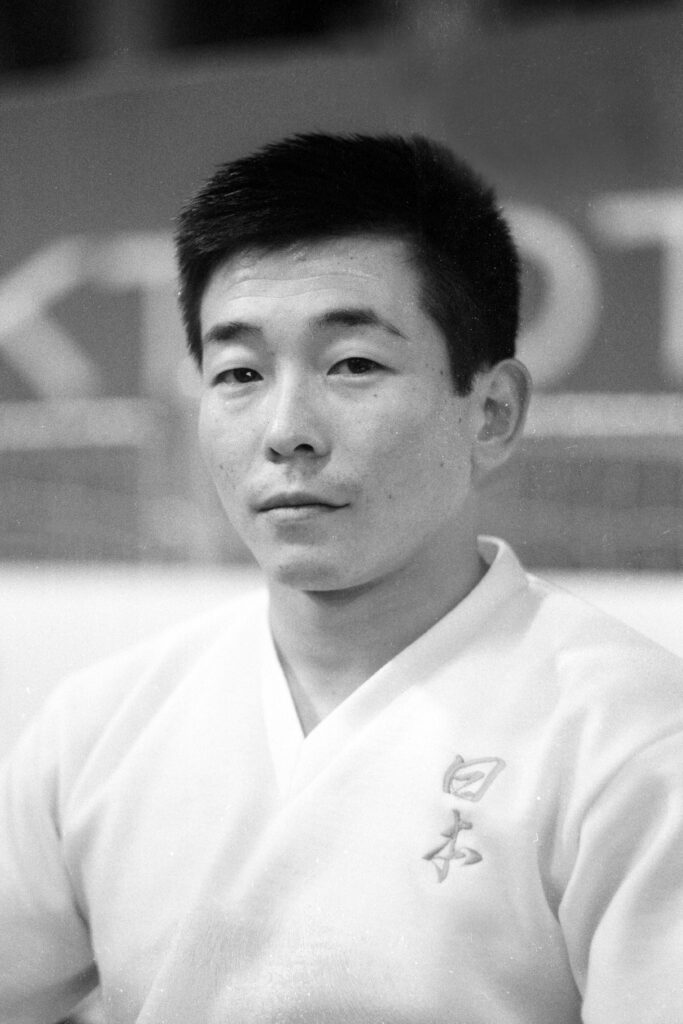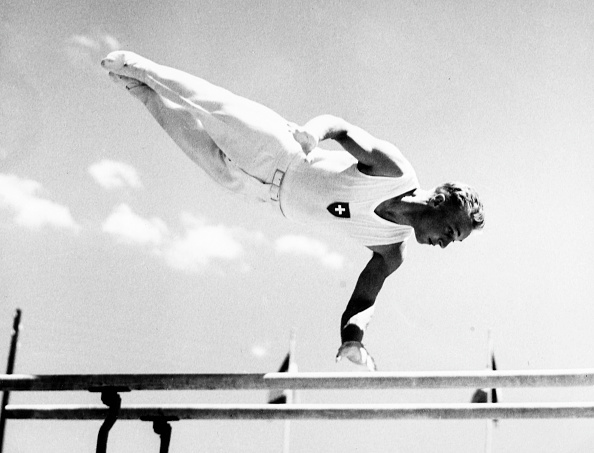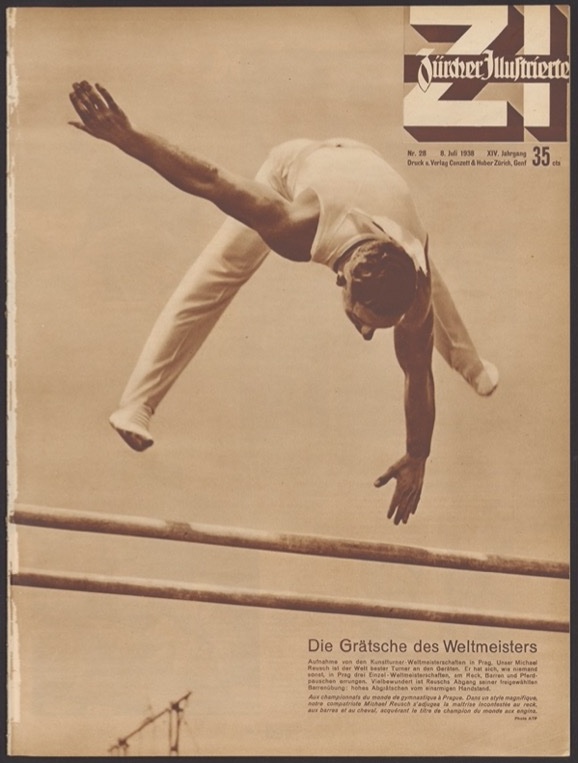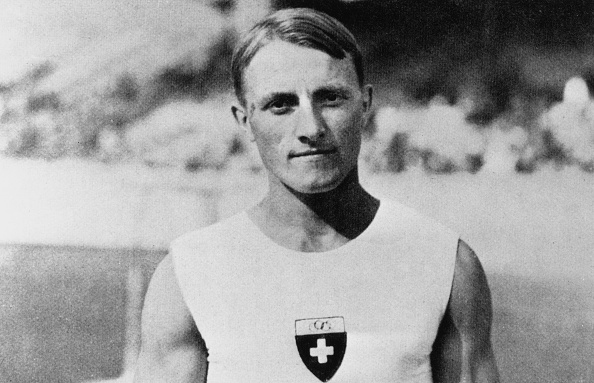In 1952, the Soviet national gymnastics team traveled to Hungary for a dual meet that coincided with Hungarian-Soviet Friendship Month. This event turned out to be a bellwether for the 1952 competition season.
At the time, Hungary’s gymnasts had already proven themselves on the world stage, with the women’s team securing second place and the men’s team finishing third at the 1948 Olympics.
For the Soviet gymnasts, on the other hand, the Helsinki Olympics were particularly pivotal as it represented their first major international meet organized by the International Gymnastics Federation’s (FIG) — though they had previously competed in non-FIG events like the Workers’ Olympiad. The Soviet team’s outstanding performance at this meet made it clear that they would be strong medal contenders at the upcoming 1952 Helsinki Olympics.
From a gymnastics history perspective, this competition is also fascinating because there were three perfect 10s: one from Medea Jugeli for her compulsory vault, one from Dmytro Leonkin for his compulsory rings routine, and one from Viktor Chukarin for his optional pommel horse routine.
Here’s what else happened during the competition.
